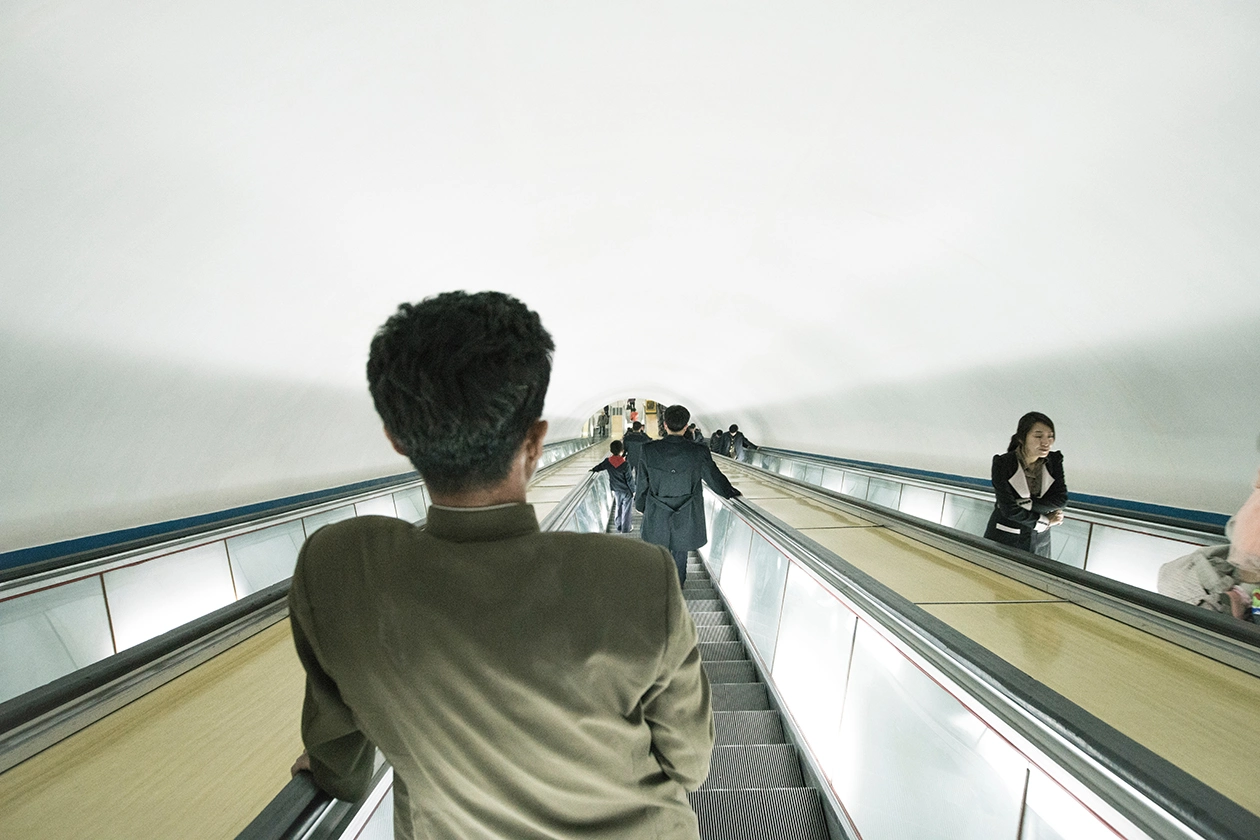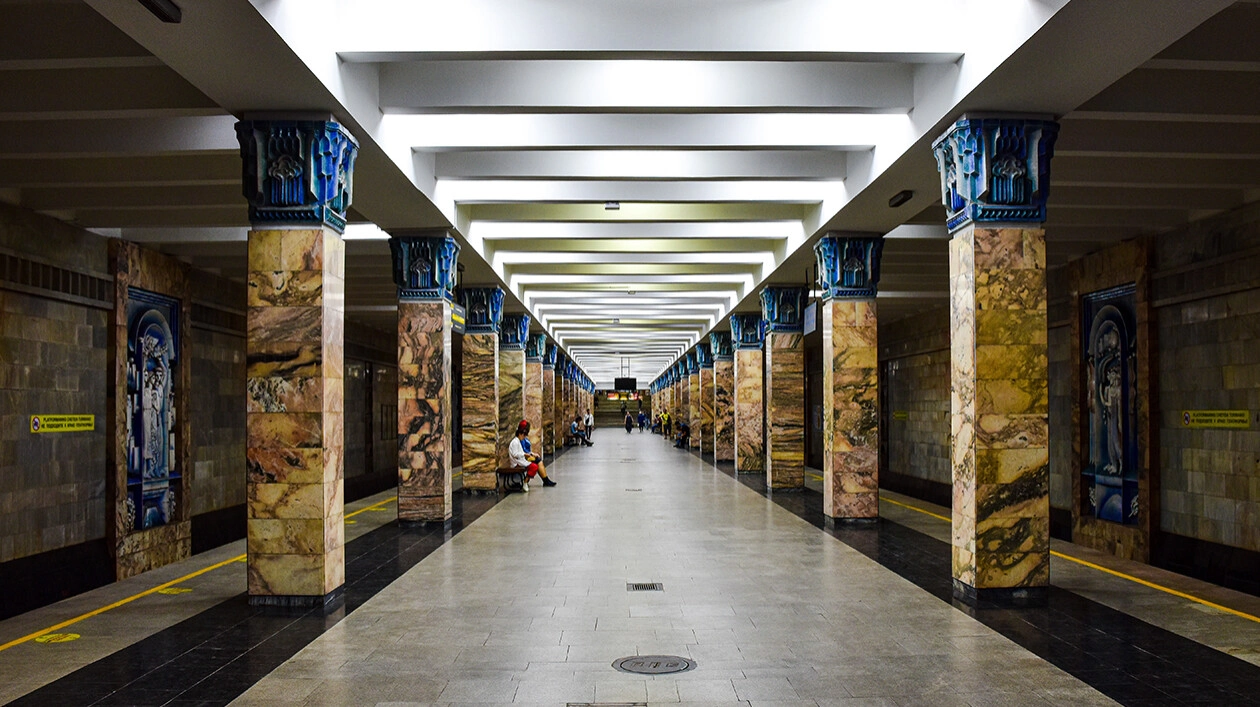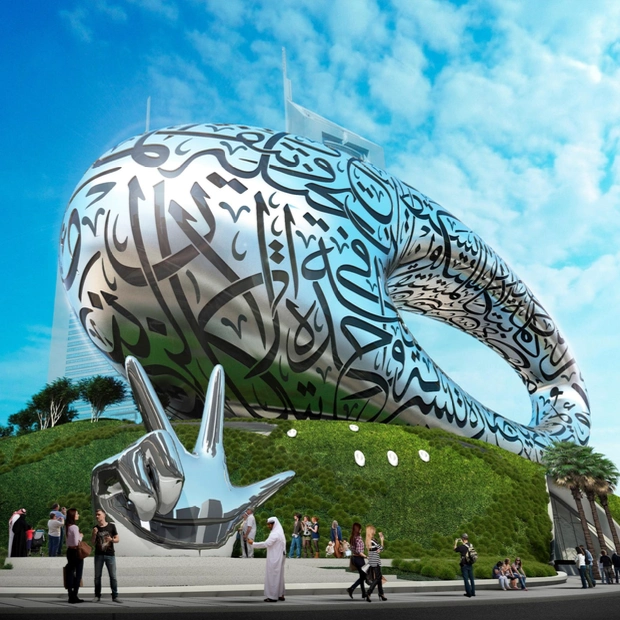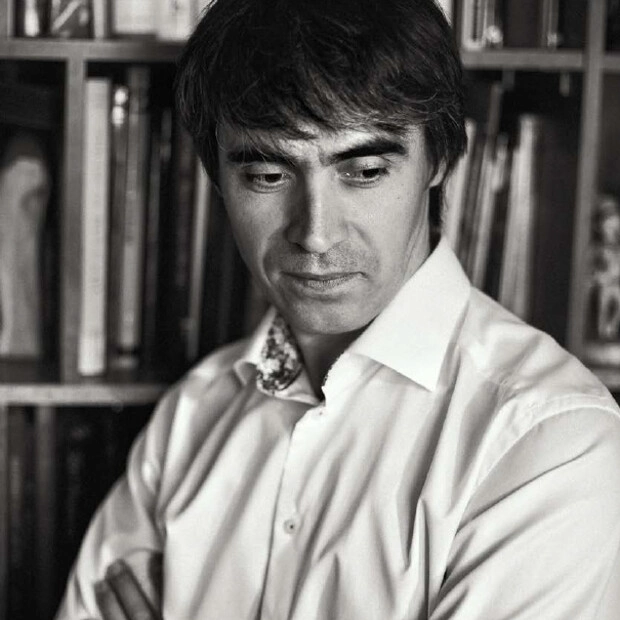The Underground of 2023 is all about accessibility, convenience, easy connections, and comfort. This means of transport saves the environment and hours of passengers’ lives. Some of the world’s 200 plus underground railway systems are famous for their beauty or depth while others — for their ability to adapt to changing conditions to provide high urban mobility readiness. All of them giving ample opportunities for sightseeing, we review just a few which are definitely well worth visiting.
MOSCOW
The 70-km-long Big Circle Line with its 31 stations is a major part of a large-scale Moscow Metro development programme and the longest circular metro line in the world.
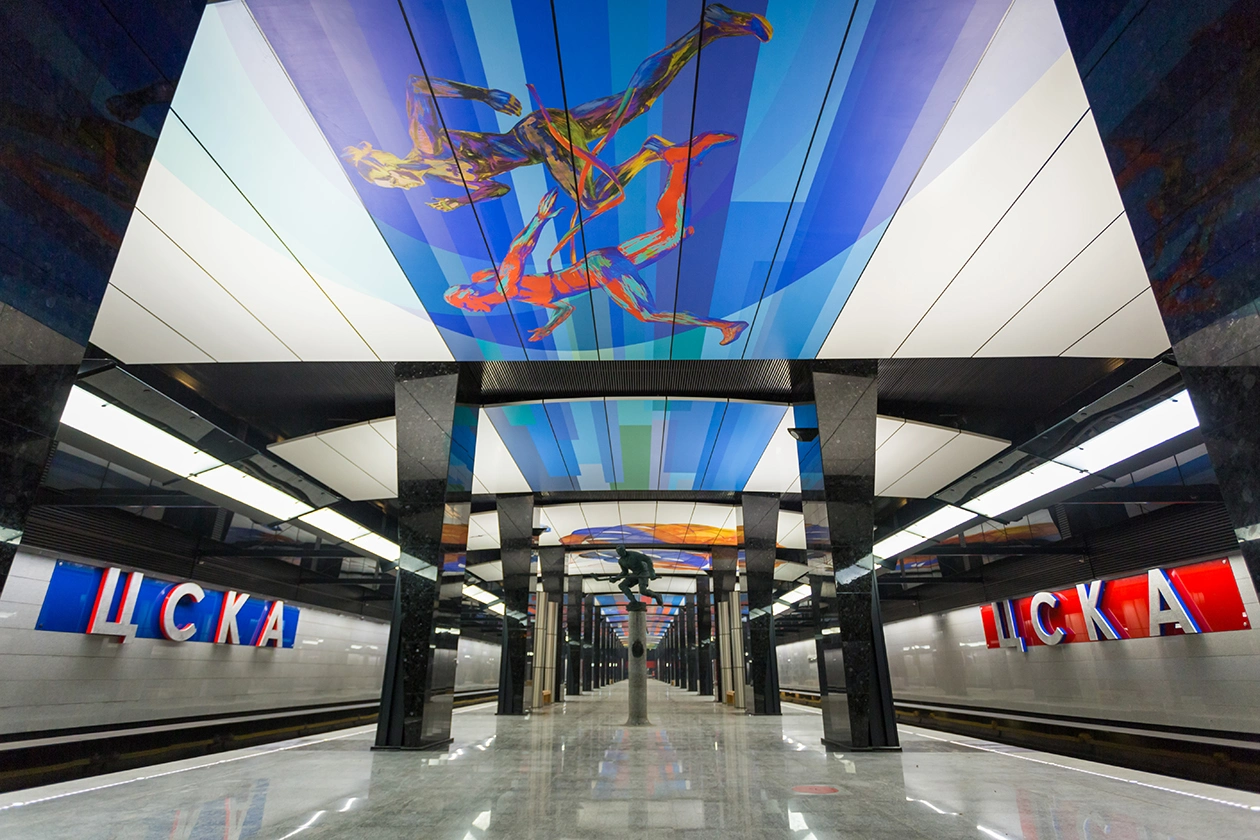
Today, The BCL transports up to a million passengers daily. Thus, its launch has lowered the passenger traffic on the other metro lines, making many transfer stations much less crowded. Following the global trend, aiming at a low-carbon future, The BCL has also reduced the number of cars on the Moscow roads by 15,000-17,000 per day. Thanks to the Metro’s timesaving and environmentally friendly nature, millions of travellers are no longer annoyed by traffic jams, noise, and air pollution. The new routes allow them to save up to 45 minutes a day.
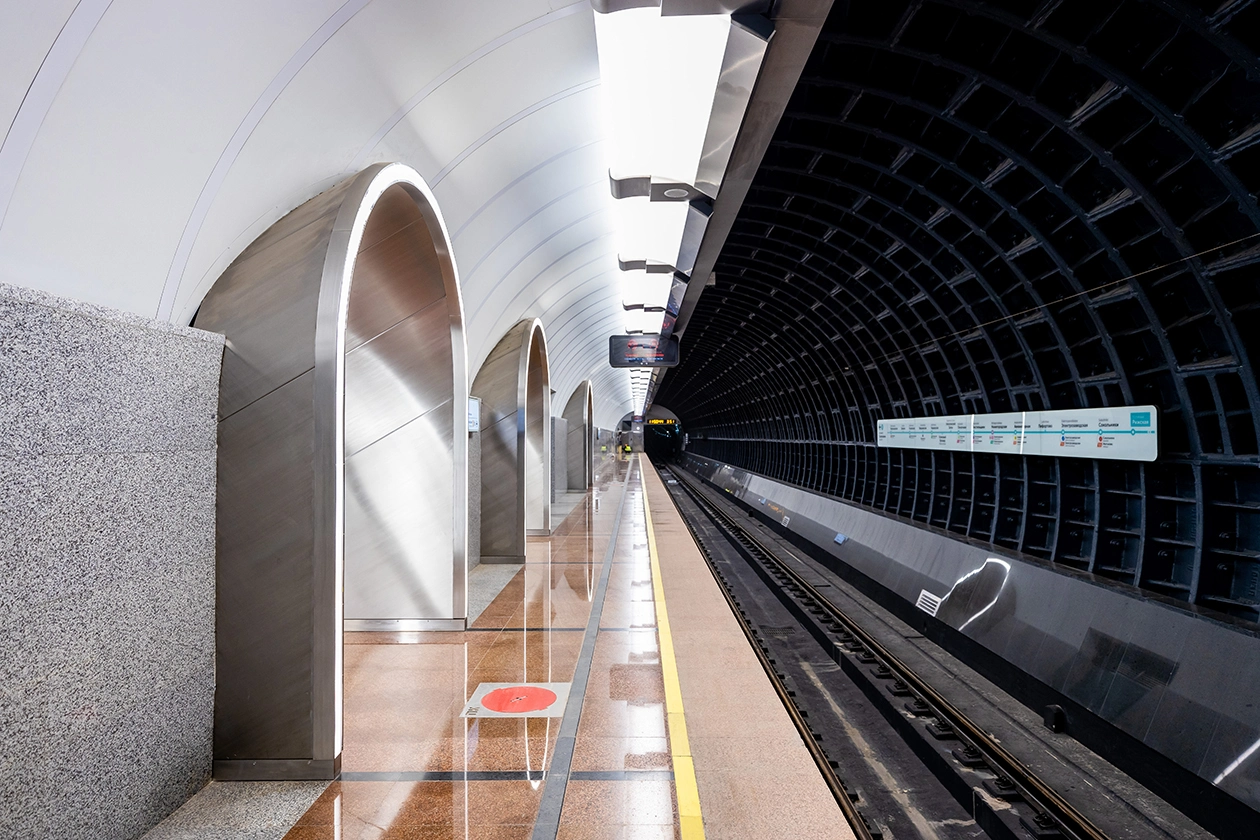
As a result, now, Moscow has got dozens of new public transport facilities and spaces, filled with aesthetics, ideas, and effectiveness. Metro line construction,
among other things, generating employment, The Big Circle Line, launched on 1st March 2023, has already created over 6,000 new jobs. In the meantime, in the next few years, Moscow will also provide another 130,000-150,000 new jobs in the districts adjacent to The BCL stations.
The design of the new
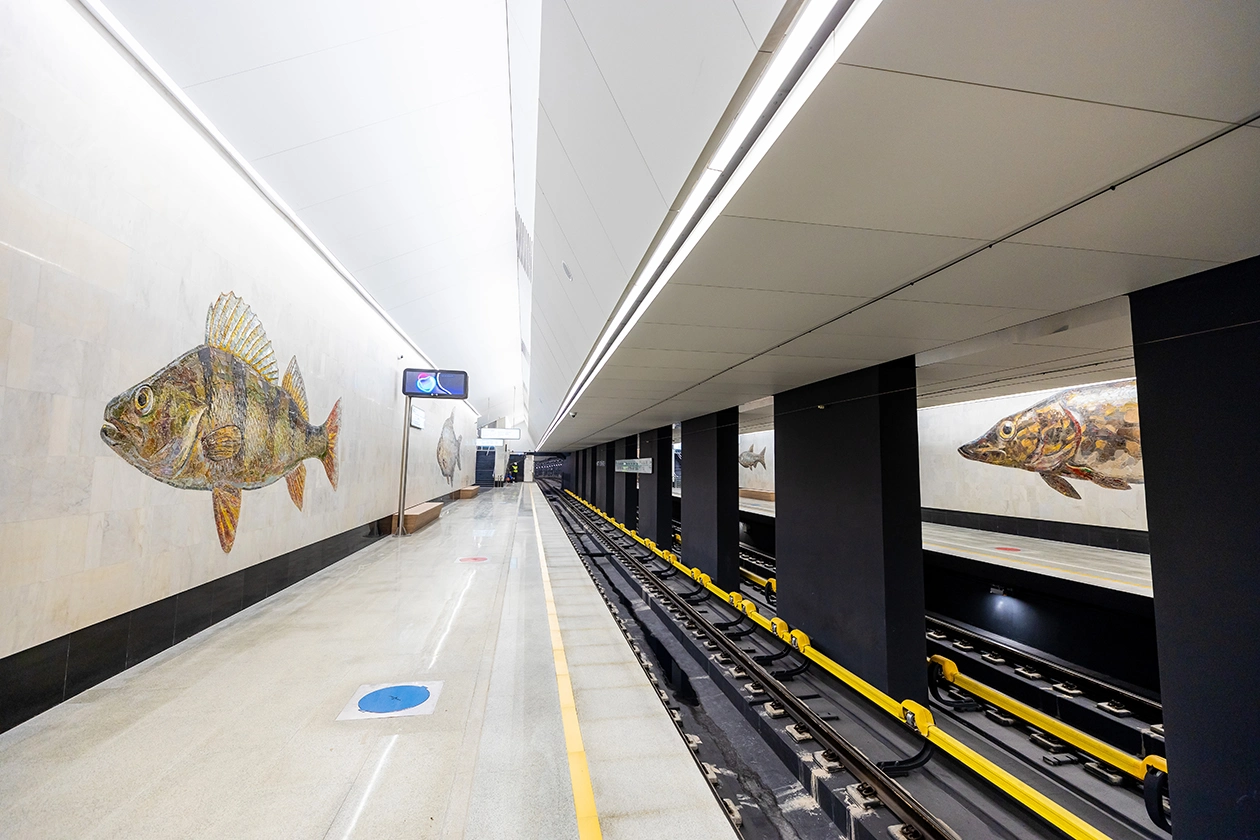
Sokolniki, Mnyovniki, and Khoroshyovskaya Stations reflects the artistic influence of Russian Suprematism and Constructivism, their wall and ceiling panels decorated with works by Kazimir Malevich, Vladimir Tatlin, El Lissitsky, Alexander Rodchenko, Lyubov Popova, Alexandra Exter, the Vesnin Brothers, Moisei Ginzburg, Ilya Golosov, Ivan Leonidov, Nikolai Ladovsky, and Konstantin Melnikov.
The design of the new Sokolniki, Mnyovniki, and Khoroshyovskaya Stations reflects the artistic influence of Russian Suprematism and Constructivism
DUBAI
DUBAI’S CITY-WIDE AUTOMATED METRO SYSTEM IS ONE OF THE LARGEST IN THE WORLD — 89 KILOMETRES OF RAILWAY TRACKS, CONNECTING 53 STATIONS, SERVING 600,000 RIDERS DAILY, ALREADY TOTALLING 2,000,000,000 SINCE ITS LAUNCH.
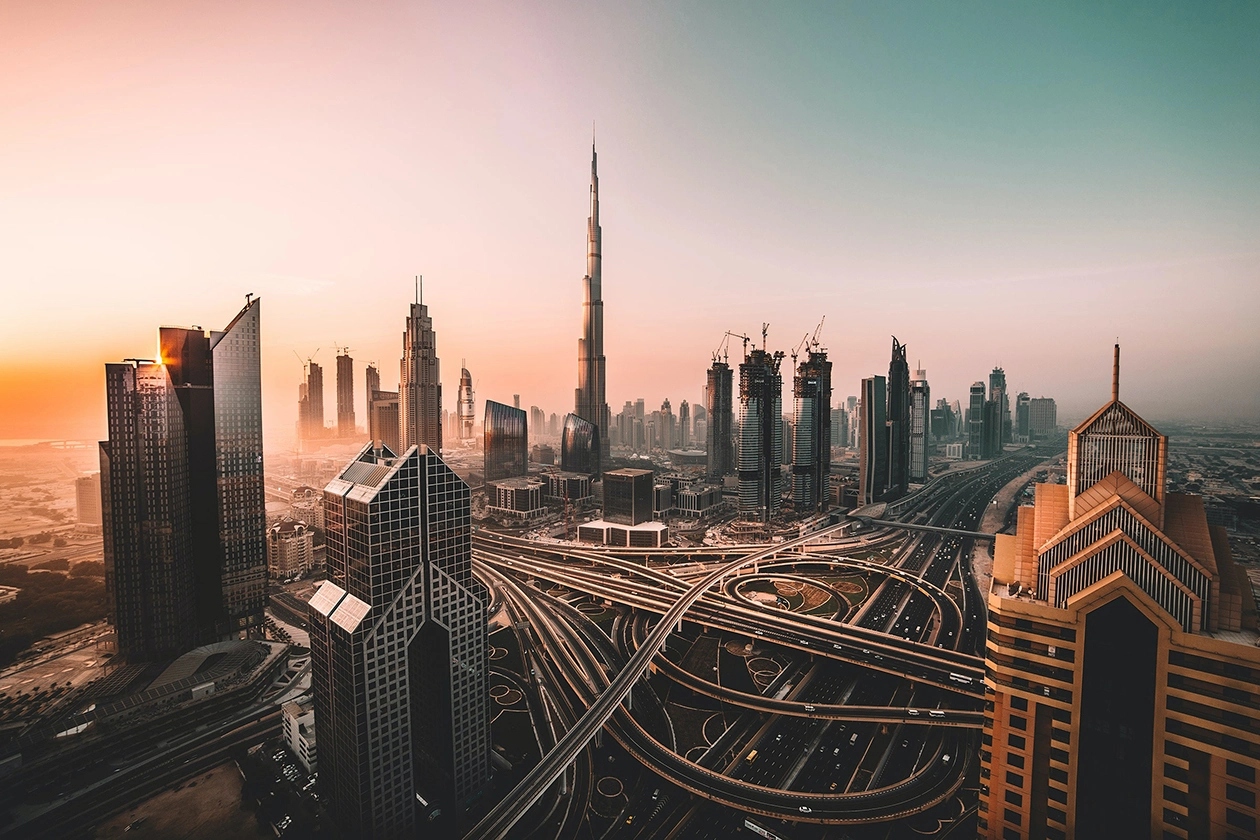
Number One for Public Transport in the Middle East and Africa
Dubai is developing a leading public transport package, including its city-wide automated metro system, one of the largest in the world — 89 kilometres of railway tracks, connecting 53 stations, serving 600,000 riders daily, already totalling 2,000,000,000 since its launch — geographical spread and summer temperatures still remaining a major challenge for travellers.
According to an annual global study of 60 cities by the Oliver Wyman Forum and the Institute of Transportation Studies (ITS) at the University of California, Berkeley, Dubai ranks Number One in the Middle East and Africa in terms of urban mobility readiness. The index is a ranking of 57 qualitative and quantitative KPIs, measuring such areas as infrastructure, social impact, market attractiveness, system efficiency, and innovation. On this 60-city index, Dubai sits at No 30, moving up from No 32 previously.
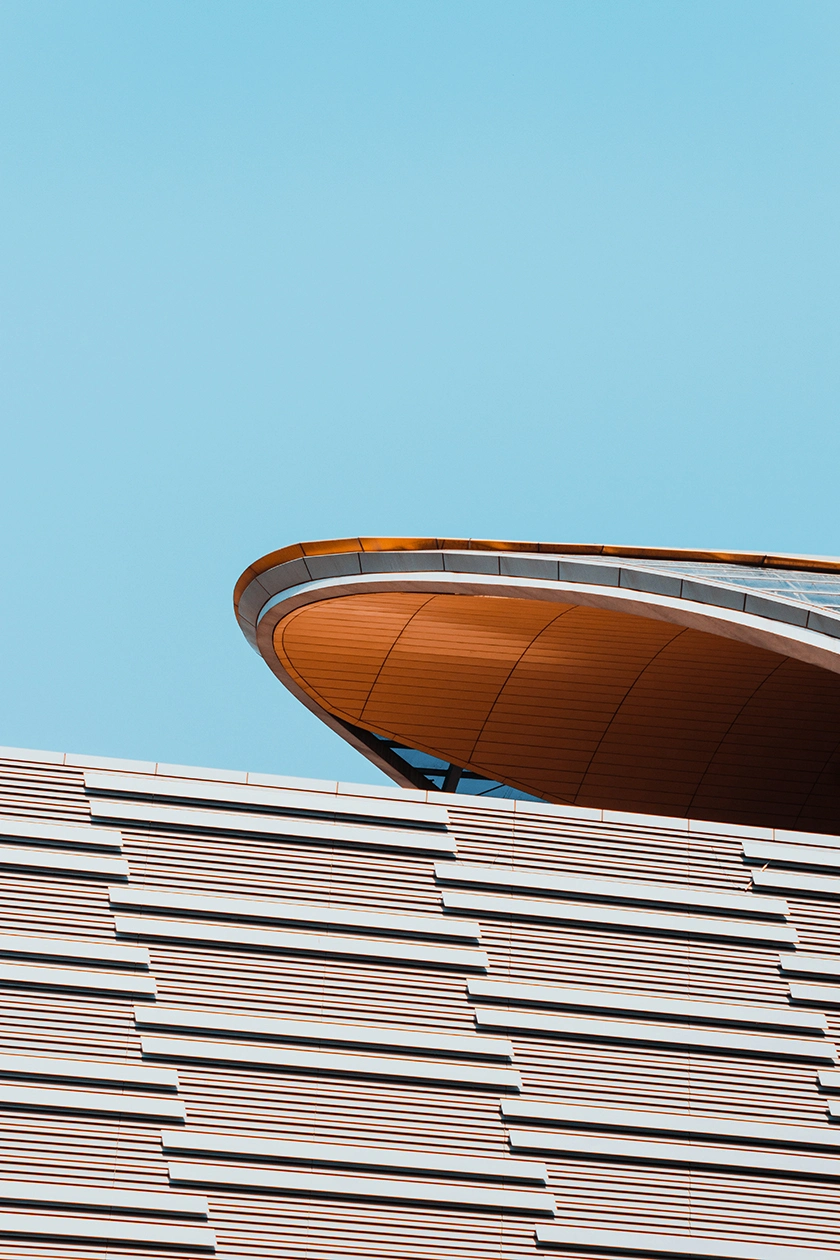
Other measures in this overall index include EV charging station network investments and incentives, the number of carfree zones, autonomous vehicle adoption as well as public transport ridership and affordability. ‘Exploring fresh ideas and piloting new technologies is in the DNA of Dubai and of the UAE overall. The Emirates will likely be used in the future as a case study in how to pilot new solutions — from the testing of autonomous corridors to the smart monitoring of traffic and driving behaviour’, says André Martins, Partner & India, Middle East, and Africa Head of Transport Services & Operations.
TASHKENT
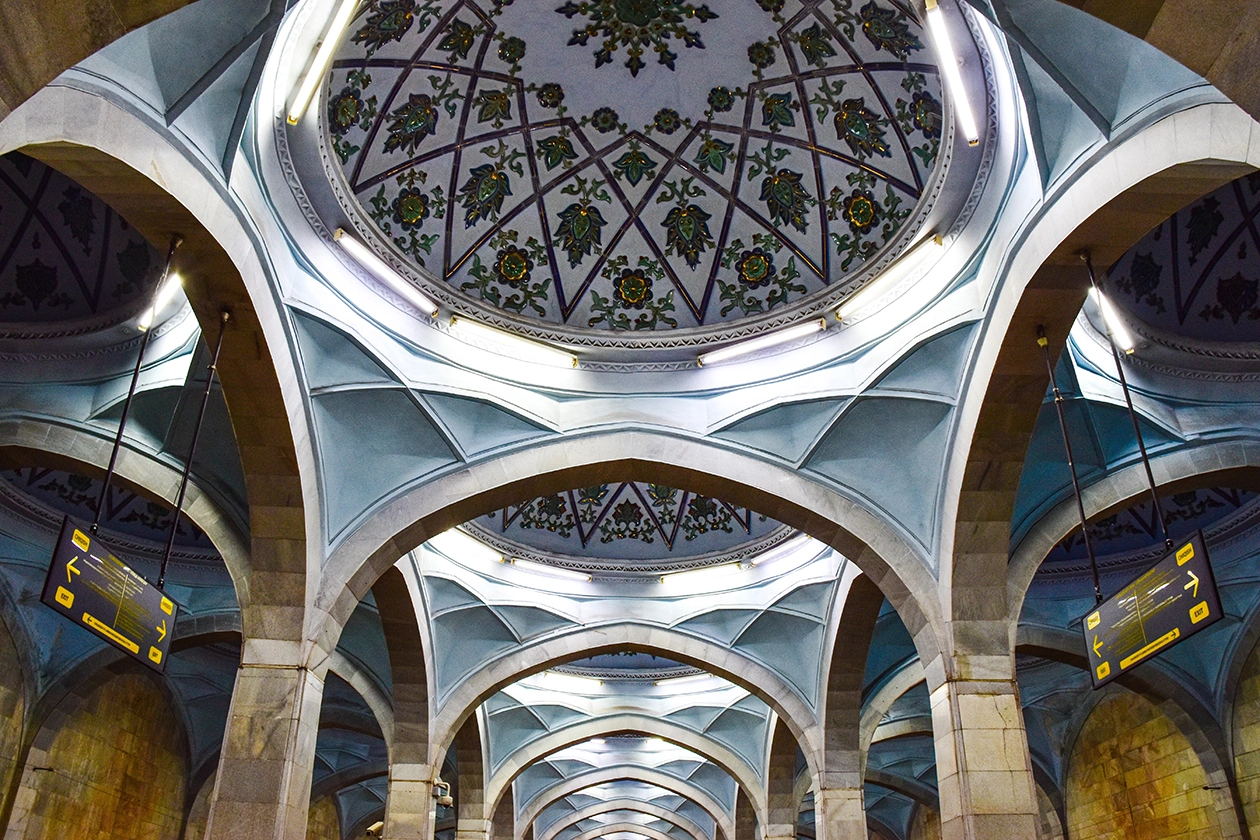
Tashkent — the capital of Uzbekistan — operates four metro lines: The O’zbekiston Line, The Chilonzor Line, The Yunusobod Line, and The Circle (Haiqa) Line — 43 stations in total, serving passengers daily from 6 a.m. till midnight. The entrances to all stations, marked with the ‘Metro’logo, are easy to find while tokens are available at the entry.
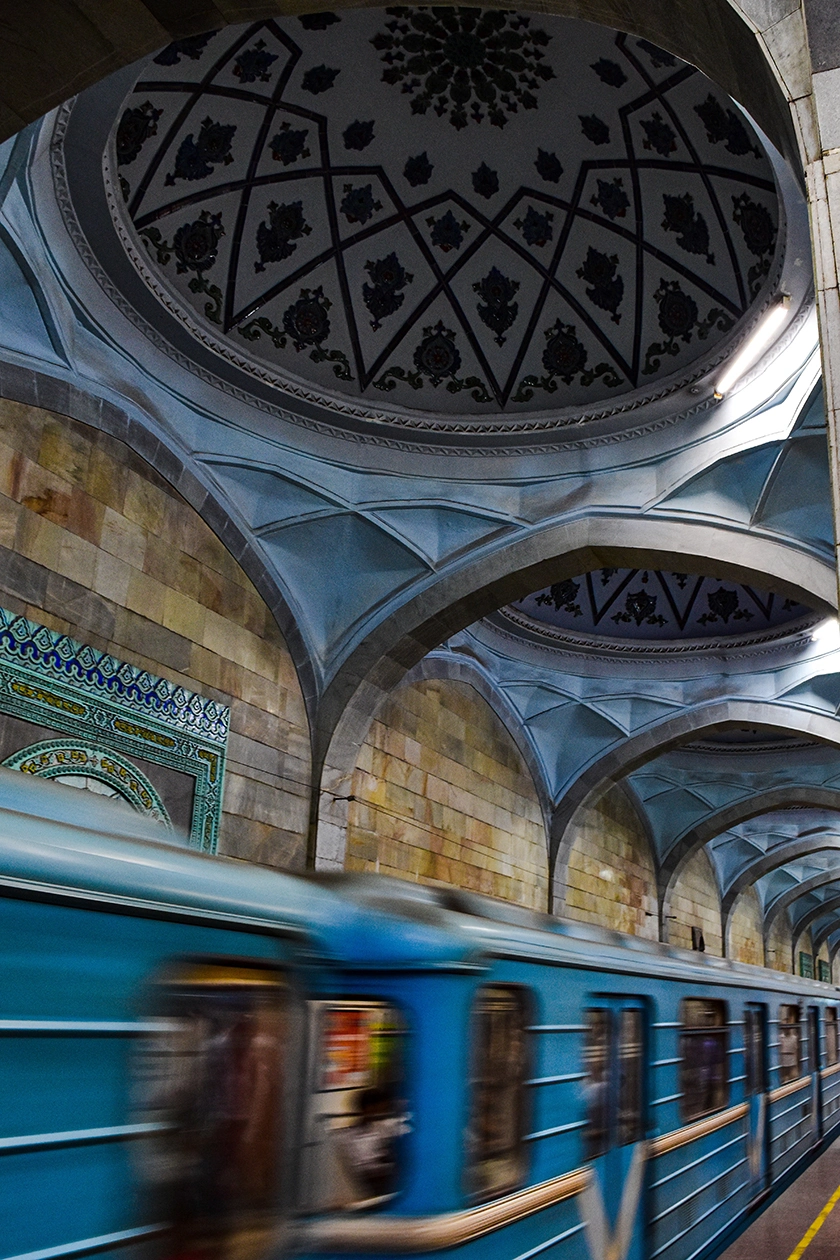
The Tashkent Metro is the main tourist attraction of the capital and the most convenient means of public transport, especially in the morning and evening rush hours.
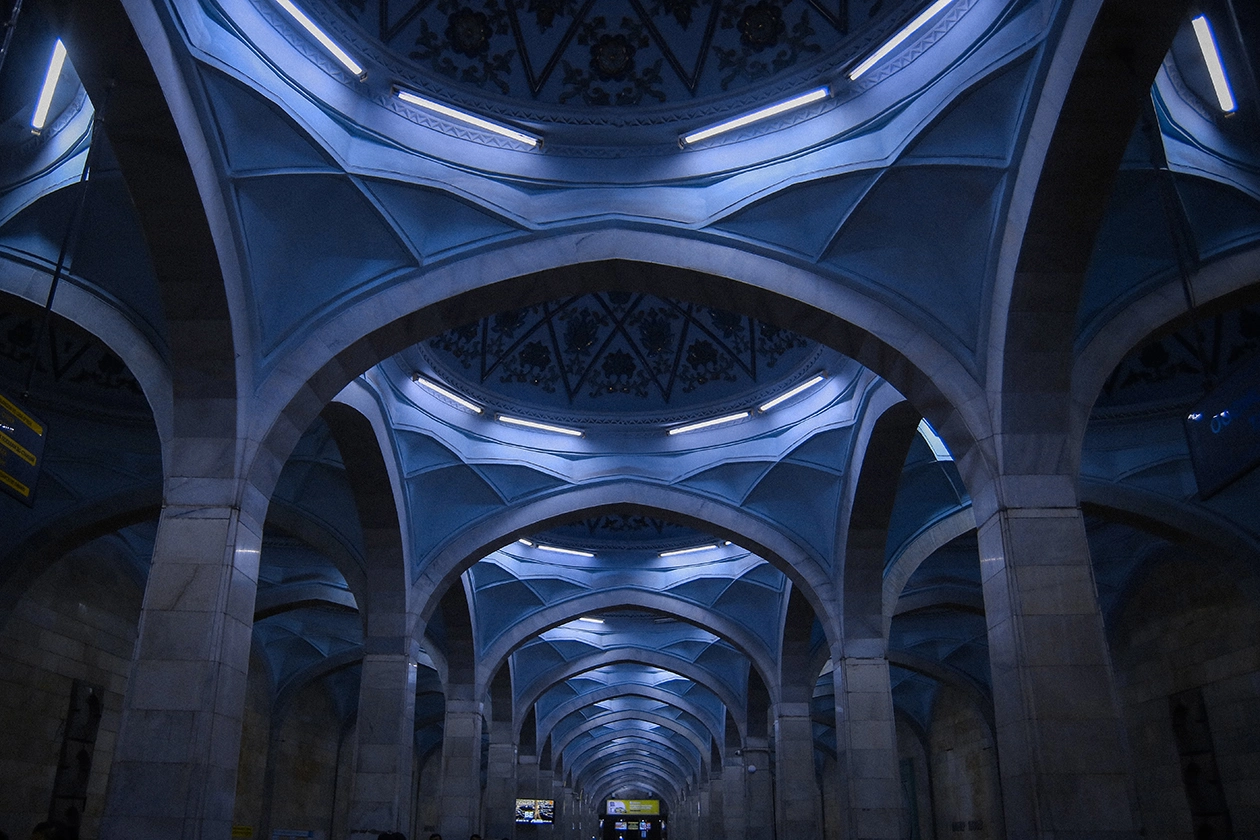
Although all The Tashkent Metro stations showcase unique and beautiful interiors, Alisher Navoi Station (The O`zbekiston Line), named after a famous poet, is considered to be the most impressive one, the magnificent ceiling being its highlight. Worthy of attention and admiration are also its ceramic murals, illustrating the poet’s most renowned works.
PYONGYANG
The Pyongyang Metro is one of the deepest in the world — approximately 110 metres (360 ft) deep underground, also serving as a bomb shelter.
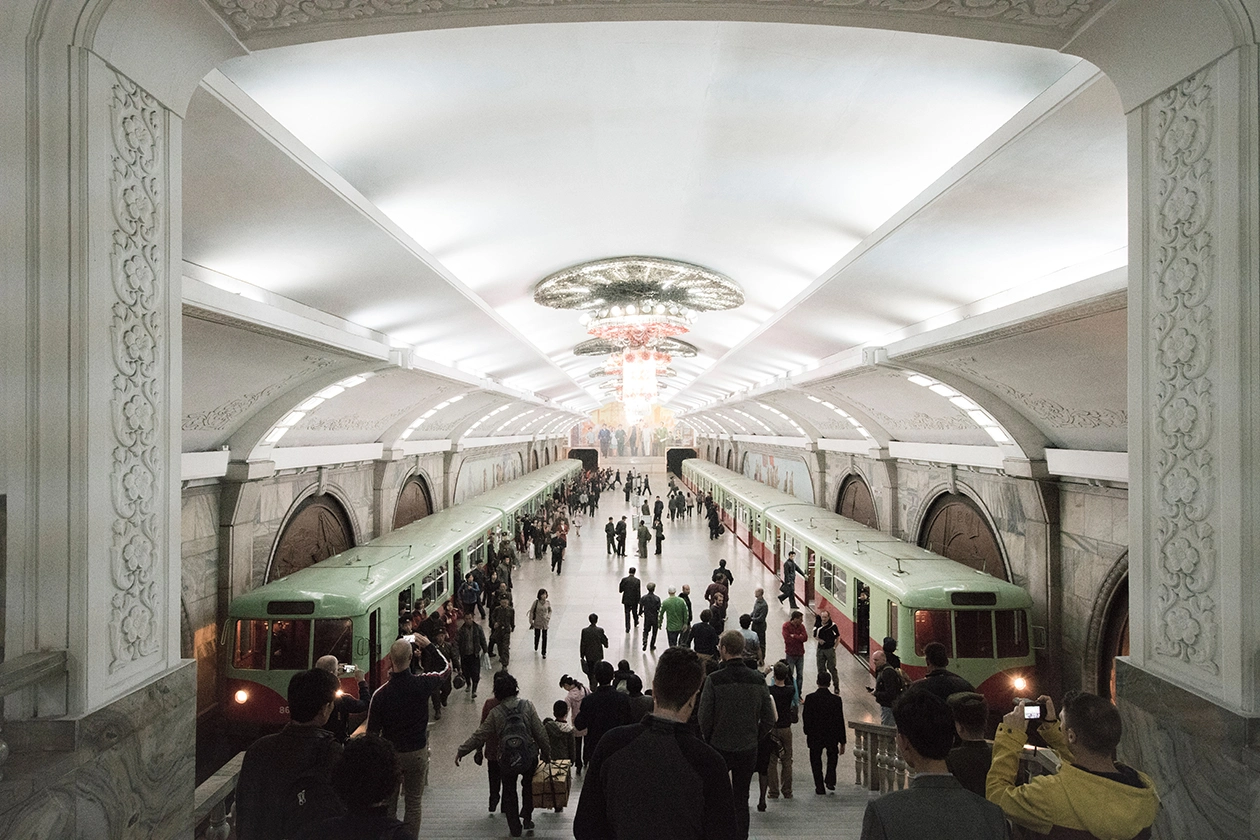
The Pyongyang Metro network consists of two lines. The Chŏllima Line is named after a winged horse, featuring in ancient Korean mythology. Its construction started in 1968, and the 12-km-long line (~8 mi) was opened on 6th September 1973. The 10-km-long (~6 mi) Hyŏksin Line, meaning ‘renewal’, was launched on 9th October 1975.
Daily ridership is estimated to be between 300,000 and 700,000. The Pyongyang Metro gives tourists a good opportunity to see the locals going about their daily lives. Until recently, visitors could have a look at only two stations — Puhung and Yonggwang — but now, they are allowed to see more of The Underground.
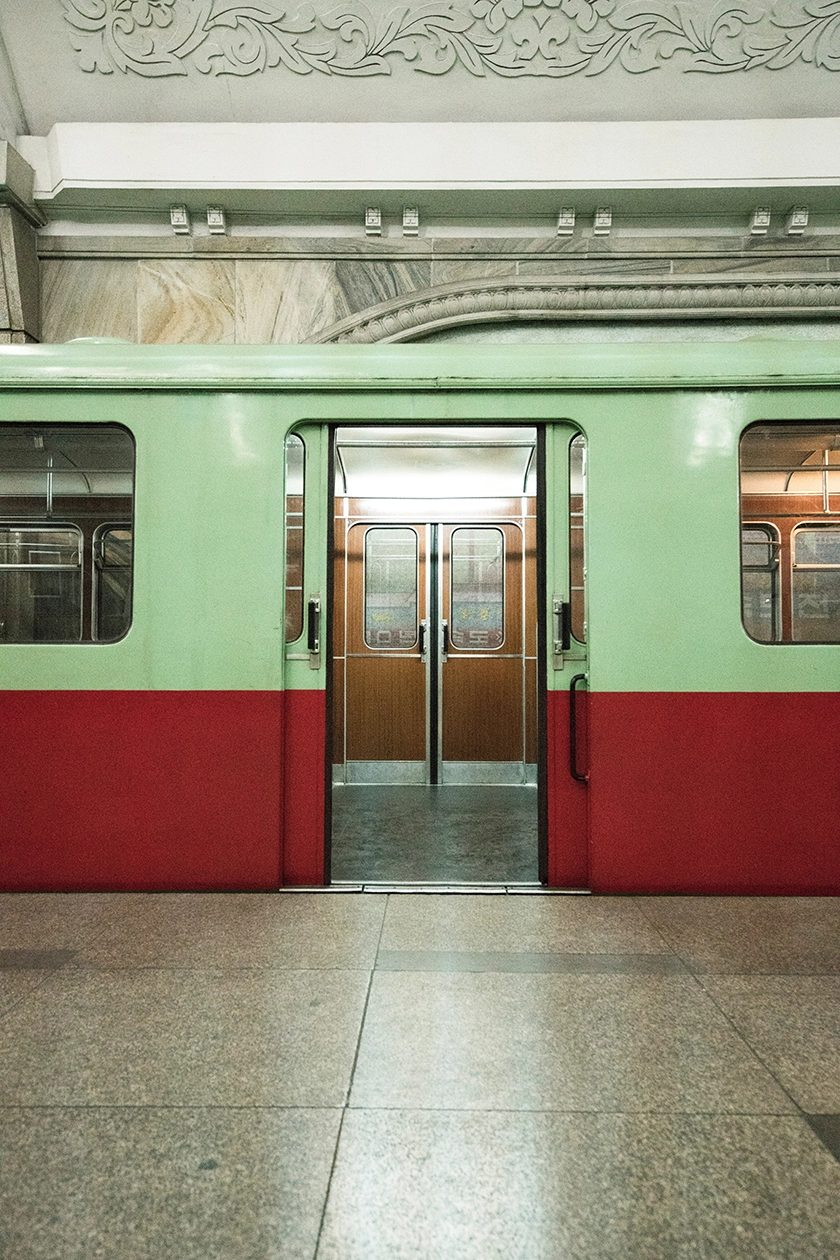
The Pyongyang Metro has no above-the-ground facilities, its design based on those of underground networks in other once communist countries — The Moscow Metro in particular.
The latter and The Pyongyang Metro have many similar features, such as deep lines — 100 m and more — and long distances between the stations. Another one is Socialist Realism art, seen in the stations’ mosaics, murals, and statues. Among other things, The Pyongyang Metro has a museum, exhibiting several large-scale dioramas, depicting its construction and opening of The Underground.
